Throughout countless millennia, humans have engaged with wood; however, the most ancient wooden sculpture on record traces back approximately 12,000 years. In recent times, wood has served many purposes, ranging from crafting furniture and musical instruments to constructing homes, toys, and beyond. While the cost is generally reasonable, specific varieties of wood have attained a premium value due to their scarcity and vulnerability resulting from excessive utilization. Presented here are the world’s most expensive wood varieties.
Holly Wood ($40 per Foot)
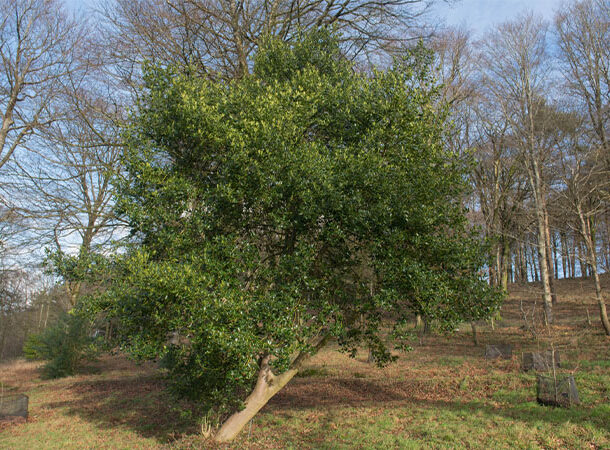
Holly trees, scientifically known as Ilex opaca, are occasionally referred to as the most pale-toned among woods. This particular wood is commonly employed for crafting piano keys (usually dyed black) and diverse furniture undertakings.
The preservation status of holly wood isn’t a concern; however, the tree’s growth rate is notably sluggish. As a result, vendors often apply substantial markups to its price. This premium wood can sometimes command prices of up to $40 for each board foot.
The American holly tree flourishes across the Eastern region of the United States, attaining heights of 30-50 feet with a trunk diameter of approximately 1-2 feet.
This timber usually exhibits minimal apparent patterns, though it contains numerous knots. This aspect can pose challenges when crafting with holly wood. Nevertheless, it remains a popular choice for ornamental wood embellishments in items such as furniture and curios.
Cocobolo ($50-$65 per Board Foot)
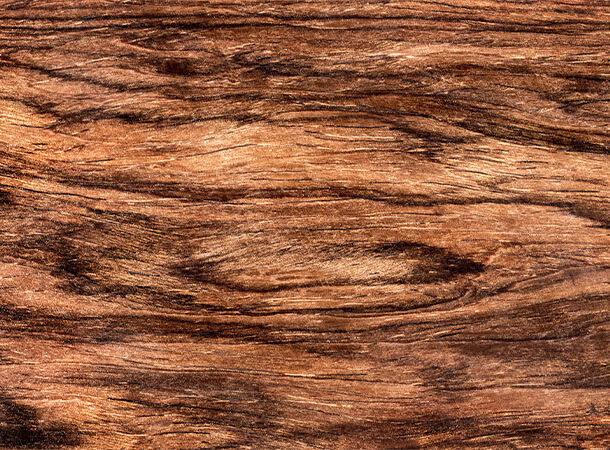
The cocobolo tree, native to Central America and categorized under the Dalbergia genus, typically grows about 24 meters tall and 1 meter in diameter. While much of the tree is unused, visitors to Panama can witness its natural habitat; only the central heartwood is utilized for crafting furniture, musical instruments, knife handles, and an array of items. This heartwood showcases a reddish-brown hue with intricate dark patterns running through it, lending it a textured look. A smooth finish can be achieved through polishing.
Cocobolo boasts an oily interior, emitting a floral scent. Over time, this precious wood darkens and reveals black and purple streaks. It’s a preferred choice for crafting musical instruments like clarinets, flutes, and oboes, highly sought-after by guitarists due to its bright tone and rich resonance.
Notably, cocobolo wood made an appearance in “Breaking Bad,” where Saul Goodman purchased a Cocobolo desk for $7,000. Additionally, keen observers might have spotted it in Jim Jarmusch’s “Only Lovers Left Alive,” featuring a bullet crafted from cocobolo wood and brass.
Ziricote – $60 Per Board Foot
 Image source: www.wood-database.com
Image source: www.wood-database.com A lesser-known timber hailing from Central America is ziricote, originating in the southern regions of Mexico. This wood holds the record as the densest within the Cordia genus (boasting over 250 distinct types).
Ziricote was once an exceedingly scarce find, but its production has notably surged, propelling its present-day appraisal to $60 for every board foot.
While some find Ziricote commendable for its knack in emulating the patterns of Brazilian Rio Pallsander rosewood, its unique deep brown hue holds its own allure, making it a sought-after choice for lavish wooden furnishings, musical tools, and intricate household embellishments such as beams, moldings, and entryways.
Koa Wood ($62 per Board Foot)
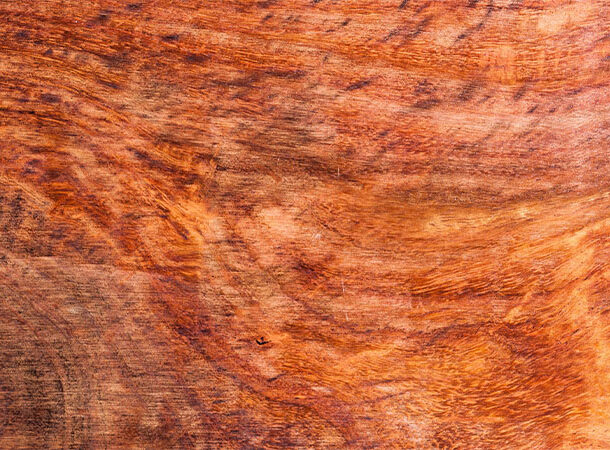
Koa timber stands as an astonishing natural hardwood, displaying hues ranging from moderate amber to crimson-tinged tan, echoing the enchantment of the Mahogany. Its annual rings frequently showcase astonishing bands of contrasting hues, while certain planks exhibit entrancing ribbon-esque marks and sinuous, wavy grain designs.
The grain pattern often possesses a mildly intertwined, occasional waviness, paired with a consistent, middling to coarse texture. Koa timber enjoys a distinguished reputation for its malleability, rendering it a breeze to manipulate and refine. Nevertheless, wood displaying intricate figures or sections with intensely interwoven patterns might pose complexities when it comes to crafting and adhering. Nonetheless, Koa responds favorably to turning, staining, and finishing procedures.
Indigenous to the Hawaiian islands, Koa timber flourishes within this tropical haven. Its priciness arises from its unique environment, restricted availability, and depleting resources. Remarkably patterned or wavy Koa planks can fetch notably elevated costs. The tree’s exclusive tie to Hawaii exposes its fragility. Despite its omission from the CITES Appendices, ensuring sustainable oversight becomes imperative to protect this priceless timber variety.
Macassar Ebony – $65 Per Board Foot
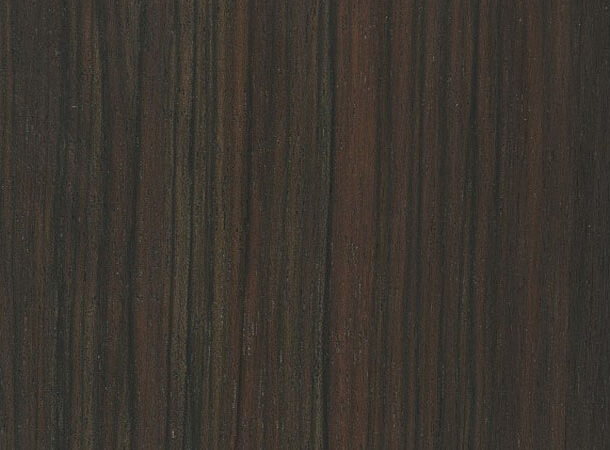
Commonly referred to as Striped Ebony, Macassar Ebony originates from Southeast Asia and stands as a high-priced yet long-lasting timber. Its resistance against insects is somewhat lacking, so its viability in outdoor undertakings is not recommended. The core of Macassar Ebony boasts a remarkable striped look, as its frame generally exhibits a yellow to reddish-brown hue adorned with deep brown stripes.
Due to its dense nature, handling this timber can be challenging, often prone to splitting while drying. Nonetheless, Macassar Ebony proves excellent for crafting turned items. Its applications span luxury cabinetry, musical tools, pool cues, and veneer. As among the planet’s most expensive woods, this ebony ranks among the scarcest, presently listed on the IUCN Red List.
Brazilian Rosewood – $70 Per Board Foot
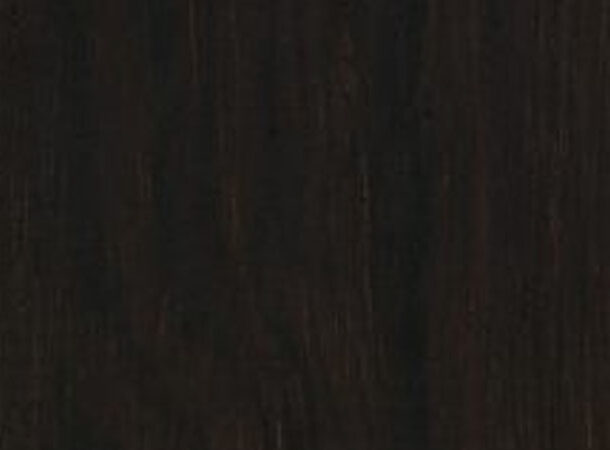 Image source: www.wood-database.com
Image source: www.wood-database.com Our inaugural journey to South America in this compilation of the priciest timbers globally transports us to Brazil, home to the Rosewood thriving in the lush tropical rainforests that span the nation.
The Rosewood native to Brazil hails from the Dalbergia wood genus, showcasing a robust nature in its array of appearances encompassing rich chocolate hues, deep purples, and reddish-brown tones embellished with intricate, contrasting spider-web grain patterns.
It’s famous for its user-friendly nature (unless you’re stuck with blunt instruments) and its ease of turning and finishing; however, the adhesive challenge comes from its abundant natural oils.
This wood’s remarkable durability and robustness have made it a favored choice in crafting furniture, and its sound attributes have positioned it as a top-tier option globally for crafting guitars and piano cases.
This distinct tonal quality is evident in a number of iconic classic guitars, such as the 1948 Martin 000-28, the 1959 Gibson Les Pauls, and the 1902 Fender Stratocaster.
Despite these trees reaching an impressive height of 40 meters and being the source of this valuable timber, extensive unlawful logging resulted in its addition to the CITES endangered species list in 1992.
Pink Ivory Wood ($80 per Board Foot)

This particular hardwood originating from Africa is known by multiple monikers, such as Red Ivory, Purple Ivory, and UmNini. It is cultivated within the African region and boasts an exceptionally high wood density at 990g/dm3. Additionally, it has an impressive Janka hardness rating of 3,230 ibf (14,370 N), granting it remarkable strength and durability. Its applications span a wide range, including veneers, inlays, chess pieces, and knife handles.
Exhibiting a pink hue, its color spectrum varies from a faint brownish pink to a deep red, with the most prized variation being the vivid pink iteration. Working with Pink Ivory in board form proves to be challenging, often leading to tear-outs during planning; consequently, it finds more prevalence in the realm of carving.
African Black Wood ($100 per Board Foot)
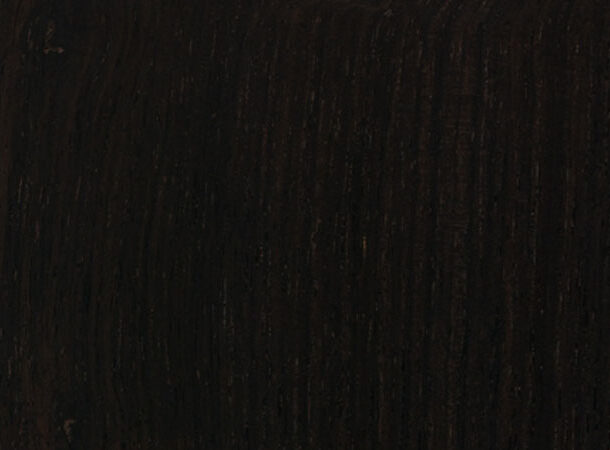
Mainly employed in crafting musical instruments, African Blackwood boasts a distinctive and appealing texture coupled with a deep black coloration. Its exceptional Janka hardness rating, measuring 3,670 ibf (16,320 N), contributes to its impressive durability, albeit posing challenges in terms of workability by rapidly dulling sharp tools. Regrettably, the lax regulations governing its harvest in Africa have placed the wood’s native habitat on the brink of endangerment.
This type of wood was employed for crafting handles for ancient medical tools in Europe. The timber was abundantly sourced from African territories under British, French, and German rule. It also found its way into decorative furniture details and artistic woodwork.
This particular tree only reaches a small height, merely around 50 feet, displaying an unusual form. Its full growth takes a staggering 200 years. However, these days, trees are typically felled at 70 to 80 years old, and there’s a well-established initiative for planting new ones to ensure a continuous resource.
Sandalwood ($250 per board foot)
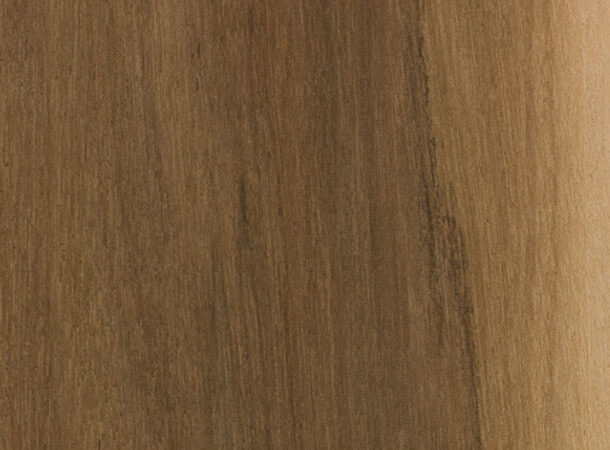
Sandalwood, a fragrant golden timber, originates from a gradually maturing tree discovered across Southeast Asia and the isles of the South Pacific. It holds greater significance in Eastern rituals and spiritual practices than in carpentry. When ground to a powder, it adorns Brahman caste symbols and perfumed sachets. Its oil is a component in scents, aromatic candles, cleansers, and ceremonial scents.
It is also found in traditional remedies. Nonetheless, the inner wood is highly valued for crafting exquisite furniture and decorative containers. The pale outer wood is frequently employed for crafting fans. In Australia, sandalwood is being cultivated and harvested for its valuable oil.
Agarwood ($100,000 per Kilogram)
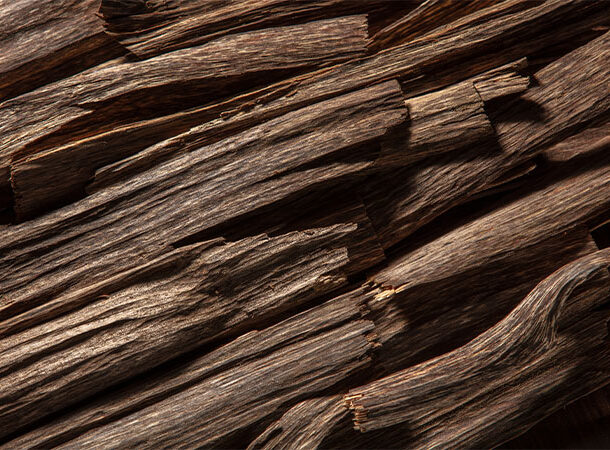
The history of this timeworn timber traces back to biblical eras, even receiving a mention in the Old Testament of the Bible. Characterized by its deep, resinous core, it develops exclusively within Aquilaria and Gyrinops trees indigenous to the Southeast Asian region, triggered by a fungal infection.
This fragrant wood finds common application in crafting incense, perfumes, and essential oils. Derived from aquilaria trees, Agarwood (known as gharuwood or eaglewood at times) doesn’t unveil its aromatic characteristics until mold infiltrates the core of the timber.
The resin sourced from these impacted trees holds exceptional worth, occasionally commanding six figures per Kilogram. The innate oils within Agarwood confer distinct attributes and fragrant traits brought to the fore by the mold’s influence. Eastern religious rituals have embraced the utilization of Agarwood.
The prized timber is found across regions spanning northern India to Southeast Asia’s lush forests. Its oil, akin to the essence of sandalwood, can amnlso demand an exceedingly lofty price.



























